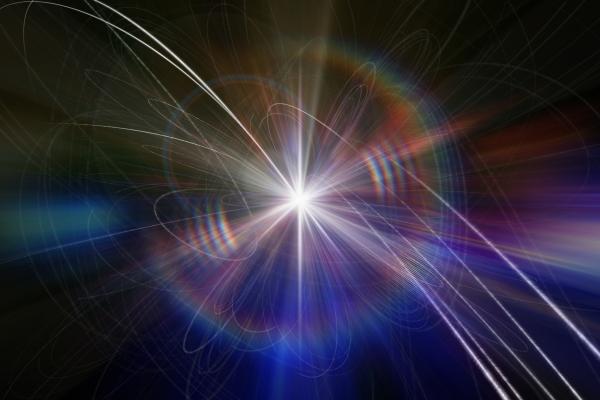Physicists answer the question "What is the Higgs-Boson?"
In 1964, the British physicist Peter Higgs wrote a landmark paper hypothesizing why elementary particles have mass. He predicted the existence of a three-dimensional "field" that permeates space and drags on everything that trudges through it. Some particles have more trouble traversing the field than others, and this corresponds to them being heavier. If the field — later dubbed the Higgs field — really exists, then Higgs said it must have a particle associated with it: the Higgs boson.
Fast forward 48 years: On Wednesday (July 4), physicists at the Large Hadron Collider (LHC), the world's largest atom smasher in Geneva, Switzerland, announced they had discovered a Higgs-like particle at long last. If the new particle turns out to be the Higgs, it will confirm nearly five decades of particle physics theory, which incorporated the Higgs boson into the family of known particles and equations that describe them known as the Standard Model. (Source: LiveScience.com)
Still confused? (We are.) Inside the blog, four physicists explain on video.
Read the Full Article

